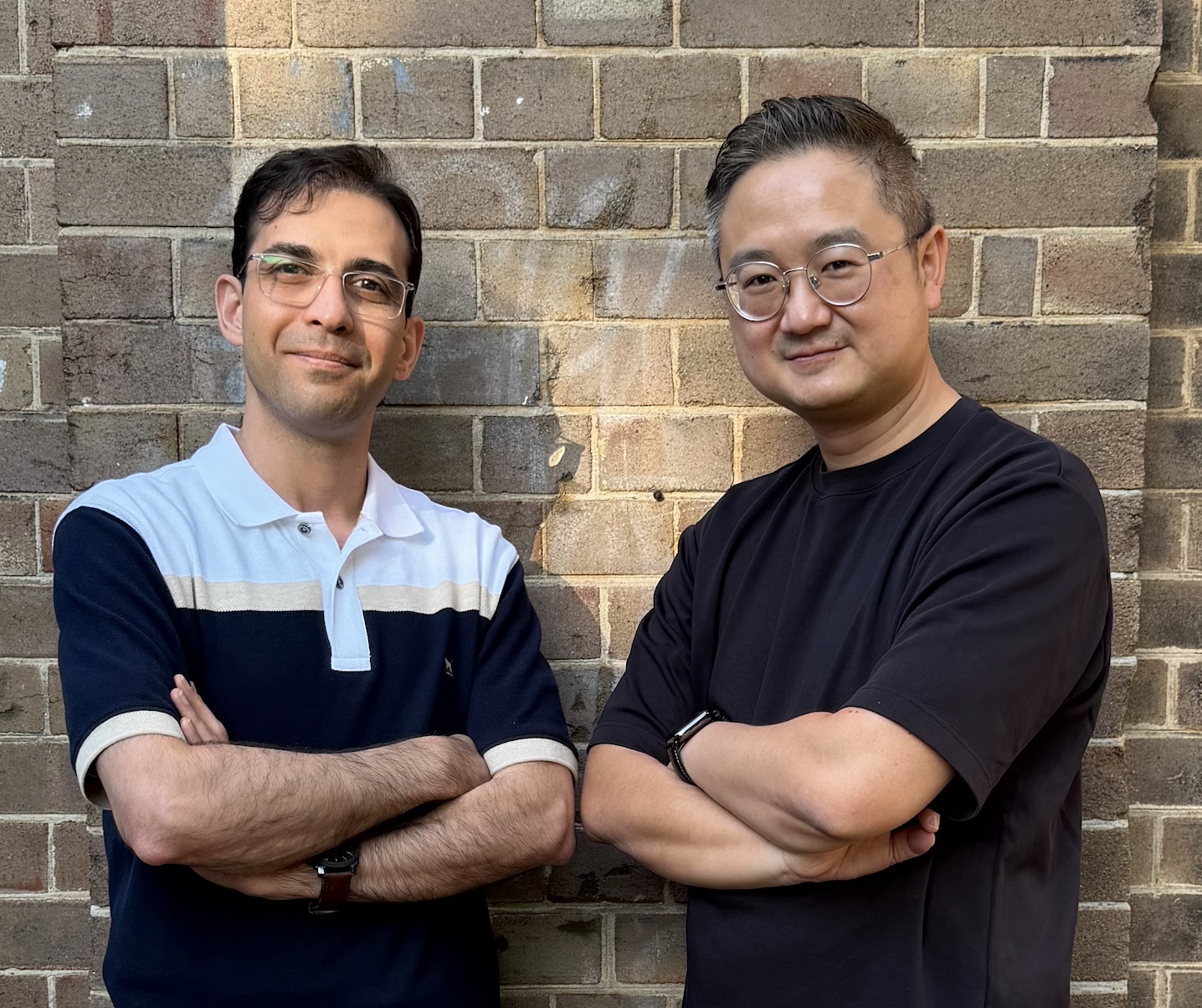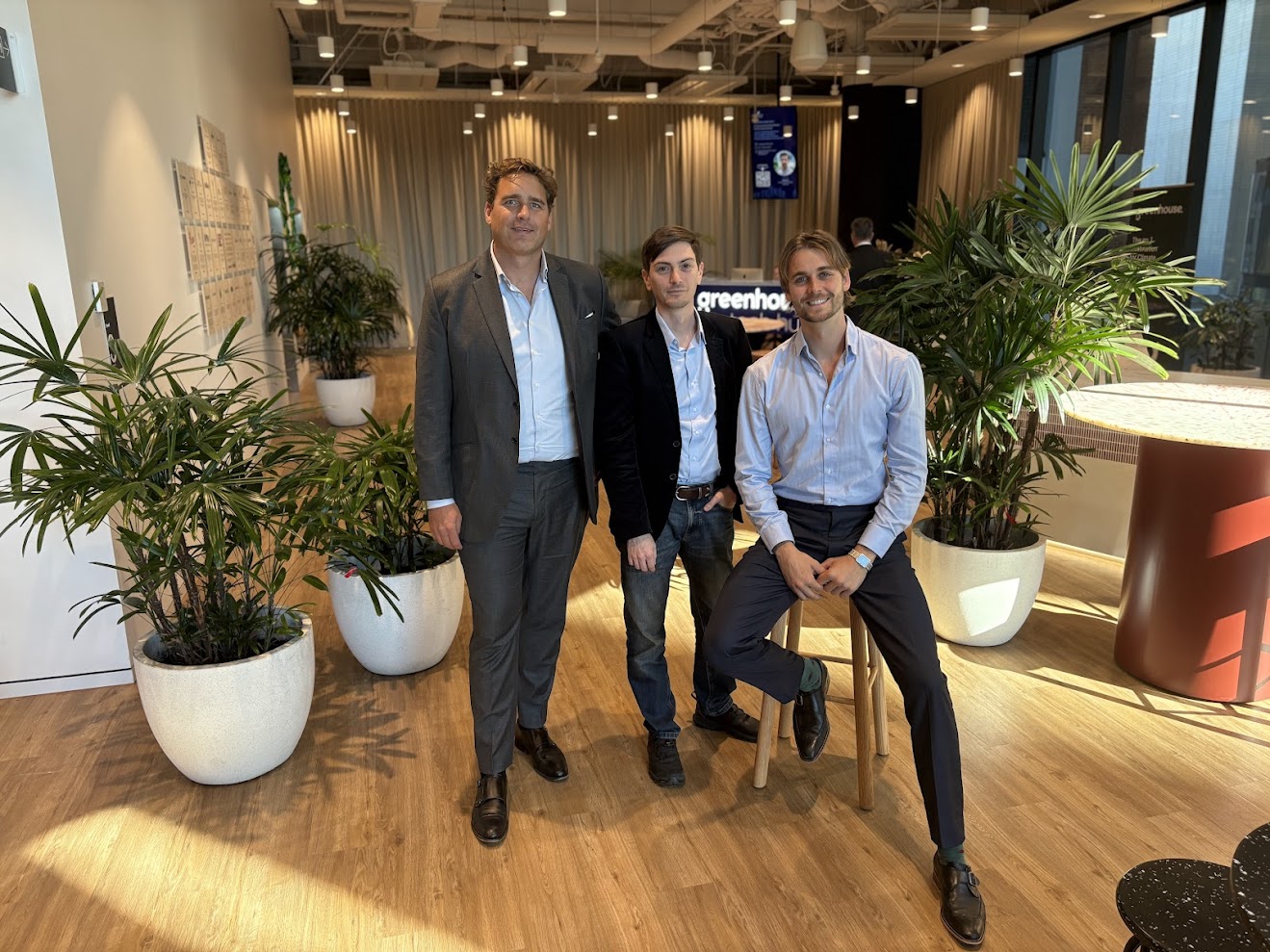
A couple of weeks ago, I was approached by Investible’s Head of Marketing, Franko Ali, with the question, “How do you do due diligence on deep tech startups?”
This follows a flurry of deep tech investments from the Investible Climate Tech Fund over the past year; hydrogen membrane manufacturing (BSpkl), waterless dyeing and fabric finishing (Xefco), lignin-coating for packaging (Earthodic), and stator core motors for electric aviation (Kite Magnetics).
When I answer this question, people are usually stumped by the response. There is an expectation that I’m somehow “in the know” with the latest ion-beam sputtering tech, plasma coaters, and nano-crystalline material advancements. It’s actually much simpler than that.
I surround myself with experts.
The framework I use
In venture capital, you work with people from an extensive array of backgrounds. Law, marine engineering, biomaterials, agriculture, engineering… the list goes on. My personal claim to fame is the arduously named “ISO13485:2016 Lead Auditor” certification (while it doesn’t read too long, say it aloud…) I received in my previous career as a biomedical engineer.
A key concept from biomedical engineering that helps me identify investable deep tech startups is design verification and validation (pictured below).

In this concept, user needs are converted to design inputs, and the outputs of the design process are verified against the design inputs. In other words, do the medical device’s features solve the user requirements? Yes = Verified. No = Try again.
In medical devices, these design inputs include sterility, materials, size, industry requirements, function, etc. An accumulation of design outputs, all the components, parts, and pieces that go into the medical device, completes the entire medical device delivered to market.
The takeaway: design outputs are verified against design inputs, and the overall product is validated against the user's needs. We can ensure the product does what it needs to do without needing a full understanding of the design and development process.
How to generate curiosity
Finding out how the tech works is where complexity joins the chat.
My little engineering-turned-venture-capitalist brain is no match for a post-doctorate researcher building something on a foundation of decades of research laid by world-leading scientists.
However, my job does require me to understand what specific markets want. While it is arduous at times, it comes with the territory.
For example, I’ve known for quite some time that water electrolysis is only a tiny percentage of current hydrogen production; but it is expanding rapidly. Through my reading, I saw one of the major bottlenecks in the industry was the production of membranes that are typically coated with a mix of iridium and platinum catalysts, which are both in limited supply.
While I had learnt of the above issues on my own accord, I also verified them with Investible’s network of industry experts in hydrogen, often over drinks and sometimes more formally over a call.
The end result: curiosity.
Now when I see a pitch deck within the hydrogen sector, I am curious if it looks to solve these issues.
When I saw BSpkl’s initial pitch deck:
- I saw they were reducing iridium and platinum required by a factor of 25 times; check ✅.
- On top of that, they claimed to have designed their technology with a fast roll-to-roll manufacturing approach, increasing throughput; check ✅.
- The membranes they claimed to make were able to integrate with current electrolysers, reducing switching costs and barriers to entry; check ✅.
It becomes apparent from the pitch deck that despite the fact I knew nothing about “ion-beam sputtering” at the time, or about how the team achieves the above outcomes (throw it all in the black box), it was worth meeting them because the “outputs” were directly addressing the “user needs”.
Bring ‘em (the experts) in
After a call or two with the founders where we get clarity on their vision and decide this is a team we are excited about, we take a critical next step: bolster the founder’s claims by looping in our network of experts.
There are a few too many stories about venture capitalists being “too trusting” of a founder’s claims. While almost all founders we have conducted due diligence on have proven to be trustworthy, we bring in the experts when it comes to validating their claims.
To achieve these we:
- Talk to trial or paying customers
- Engage our advisory panel who are either knowledgeable in the space, or help us recruit experts
We’re looking for clear verification and validation of the product.
With BSpkl, we spoke with researchers and manufacturers who verified the founder's claims with their own systems and equipment.
We got external validation from outside BSpkl that all their claims were valid. After numerous conversations, we got the confidence we needed to proceed.
Uncovering the black box
To say I don’t invest a significant amount of time in learning how a technology works would only be correct in the initial stages of screening an investment.
This is an inevitable reality as we frequently see 50+ pitch decks per week.
Once I get the confidence I need from the founders and our network, if I am unfamiliar with the technology, the team and I will commit the mental capital and time associated with wrapping our heads around what sits in the black box.
In some cases, this is a big ask. In others, less so.
For example, as mentioned with BSpkl, I’d never heard of ion-beam sputtering technology; however, with Xefco, I was acquainted with plasma coaters coming from a background in medical devices where I gained exposure to plasma coatings to instil functional properties, which provided somewhat of a head start.
The two core goals for myself and the team in understanding how the deep tech works are:
- Can we explain it succinctly to our investment committee?
- What risks begin to emerge that are associated with scaling up the technology?
Nonetheless, the excitement and conviction primarily comes before learning how the technology works.
Wrapping it up
Fantastic, “another” venture capital article on how to do due diligence is coming to an end. I guess this was all a long-winded way of reminding founders of how important it is to effectively communicate the following:
- User needs
- What the product achieves
- How the above are interconnected

How the product does that, even with the most complex technologies, should not form the bulk of your pitch deck.
Additionally, while investors will have their own advisory boards lined up to discuss various technologies, ensure you have references for your startup who can provide external perspectives and validation for investors to conduct thorough due diligence.
Got a deep tech idea helping to solve climate change? Submit your pitch deck here.








